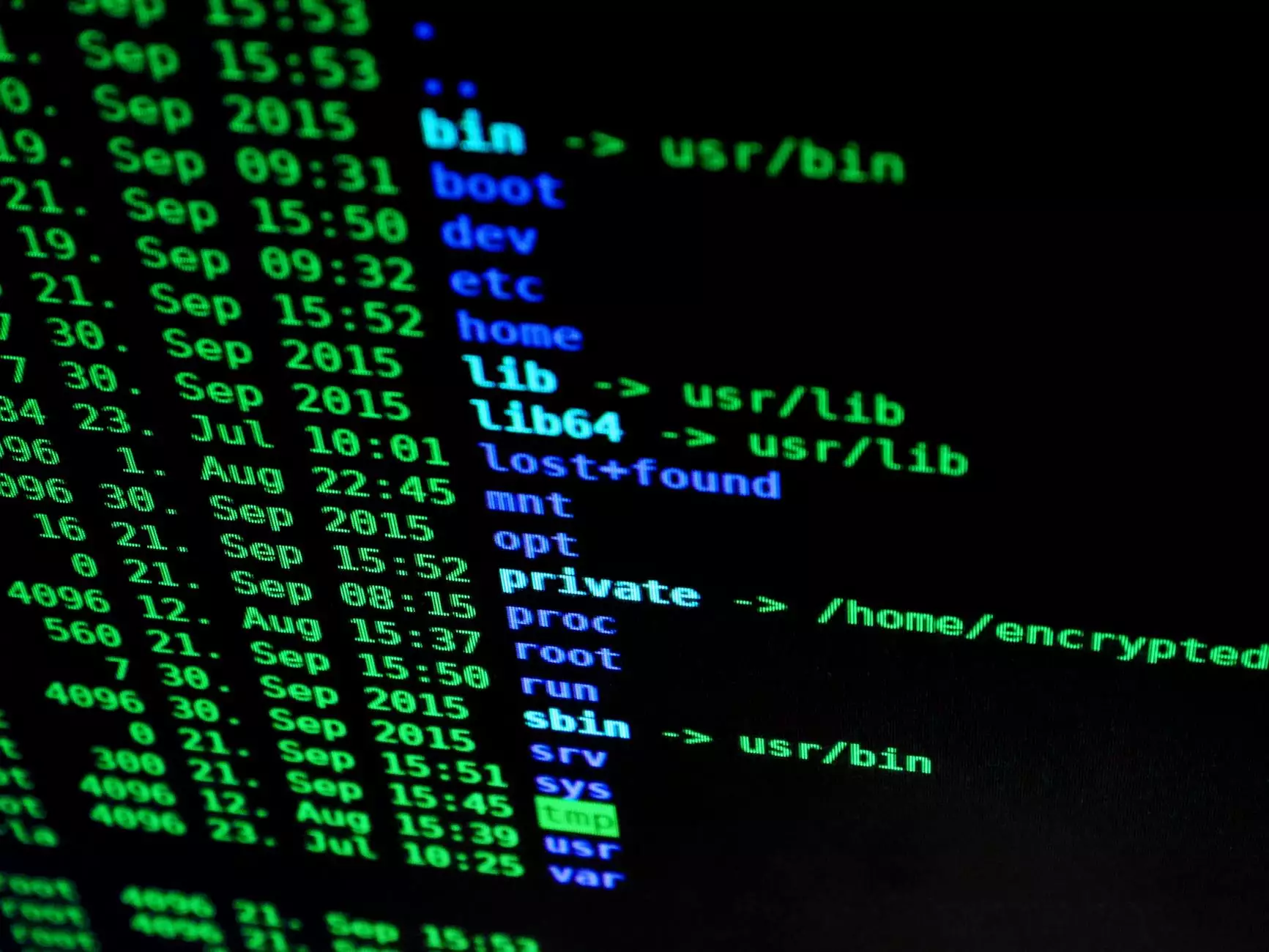Enhancing Security Awareness to Protect Your Business

The digital age has revolutionized the way businesses operate, but it has also introduced a plethora of security risks. A strong focus on security awareness is not just beneficial but essential for any organization seeking to protect its assets and maintain its reputation. In this article, we will explore the critical aspects of security awareness and the steps that businesses can take to create a culture of security within their organizations.
1. Understanding Security Awareness
Security awareness refers to the understanding and knowledge that employees possess regarding the potential security risks and vulnerabilities their organization may face. This awareness empowers employees to recognize threats and take appropriate actions to mitigate risks.
1.1 The Importance of Security Awareness
- Protection against Cyber Threats: Cyber attacks such as phishing, ransomware, and malware can lead to significant financial losses and damage to a brand’s reputation.
- Compliance with Regulations: Many industries require adherence to specific regulations, such as GDPR or HIPAA, which necessitate proper security training and awareness programs.
- Reduction of Human Error: A large percentage of security breaches stem from human error. Training employees can significantly reduce mistakes that lead to security incidents.
2. Building a Culture of Security Awareness
Creating a culture of security awareness starts at the top of the organization. Management must prioritize security as a core value and demonstrate its importance through actions and policies.
2.1 Leadership Commitment
Leaders play a crucial role in fostering an environment where security is prioritized. This commitment can be shown through:
- Regular communication about security policies and practices.
- Inclusion of security goals in company objectives.
- Participation in training sessions and security drills.
2.2 Comprehensive Training Programs
Regular training is vital for enhancing security awareness. Here are some effective strategies for training programs:
- Onboarding Programs: New employees should receive immediate training on security protocols relevant to their roles.
- Refresher Courses: Existing employees should have periodic training to keep them updated on the latest security threats and practices.
- Simulated Phishing Tests: Conducting simulated phishing attempts can help employees recognize and react to real threats effectively.
3. Topics to Cover in Security Awareness Training
To ensure comprehensive training, organizations should cover a range of topics that contribute to a robust understanding of security risks:
- Understanding Phishing Attacks: Instruction on identifying phishing emails and suspicious links.
- Password Management: Best practices for creating and managing secure passwords.
- Data Protection: Importance of protecting sensitive information and understanding the implications of data breaches.
- Physical Security: Awareness of the importance of securing physical access to systems and information.
- Incident Reporting: Procedures for reporting security incidents or suspicious activities within the organization.
4. The Role of Technology in Security Awareness
In addition to training, leveraging technology is crucial for enhancing security awareness in any business. Here are several tools and technologies that can support this effort:
4.1 Security Information and Event Management (SIEM)
SIEM tools help organizations monitor and manage security alerts and incidents in real-time. This technology contributes to awareness by:
- Providing visibility into security events across the network.
- Offering analytics to identify patterns that may indicate security threats.
4.2 User Behavior Analytics (UBA)
User Behavior Analytics can help detect anomalies in user behavior that may signify a security breach. This fosters a proactive approach to security by:
- Identifying potential insider threats.
- Alerting security teams to unusual account activities.
5. Measuring the Effectiveness of Security Awareness Programs
To ensure that your efforts to enhance security awareness are successful, it is essential to measure their effectiveness.
5.1 Key Performance Indicators (KPIs)
Selecting appropriate KPIs can provide insight into the effectiveness of training and overall security behavior:
- Incident Report Rates: Monitoring how many security incidents are reported can indicate the success of training programs.
- Phishing Test Results: Regularly assessing employees' ability to recognize phishing attempts offers direct feedback on training effectiveness.
- Employee Feedback: Conducting surveys to understand employees' perceptions of the training program can guide future improvements.
5.2 Continuous Improvement
Security awareness is not a one-time effort; it should evolve continuously. Organizations should regularly review and update their training materials based on:
- Emerging security threats.
- Feedback from employees.
- Changes in compliance requirements.
6. Cultivating Personal Responsibility in Security Awareness
Each employee has a role to play in maintaining organizational security. Cultivating a mindset of personal responsibility is essential.
6.1 Encouraging Proactivity
Employees should be encouraged to take proactive steps such as:
- Cautiously opening emails and attachments.
- Regularly updating passwords and using two-factor authentication.
- Keeping personal and company data secure, both in and out of the office.
6.2 Sharing Knowledge
Employees can also help enhance security awareness by sharing knowledge with peers. Creating a culture of collaboration can include:
- Informal training sessions led by employees.
- Open discussions about recent security incidents and lessons learned.
7. Conclusion
In conclusion, the significance of security awareness cannot be overstated, especially in today's threat landscape. Businesses that prioritize security awareness not only protect themselves from potential breaches but also foster a workforce that is informed and vigilant. By implementing comprehensive training programs, leveraging technology, and cultivating a culture of responsibility, organizations can effectively mitigate risks and ensure a secure working environment.
For more insights on enhancing your organization’s security posture, visit KeepNetLabs, where security awareness meets practical strategies for safeguarding your business.









